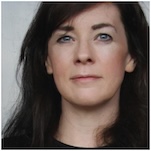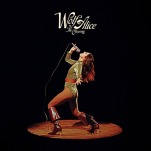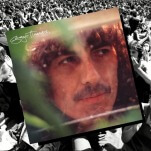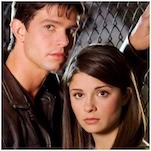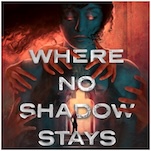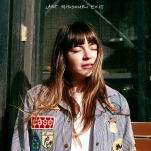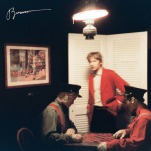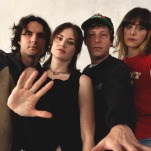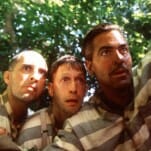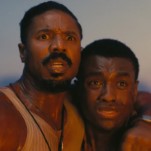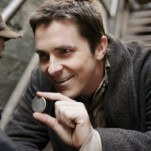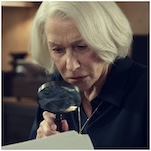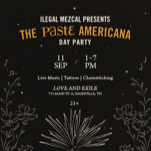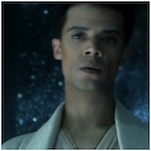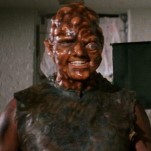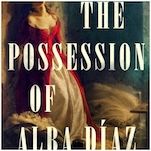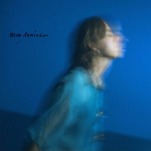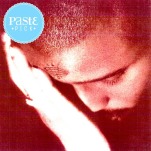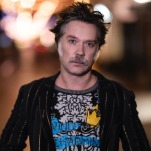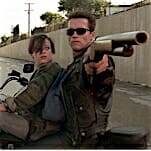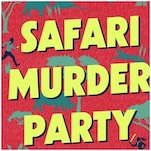Conversations with the Dead: On Demon, Ghosts and Jewish Cultural Memory
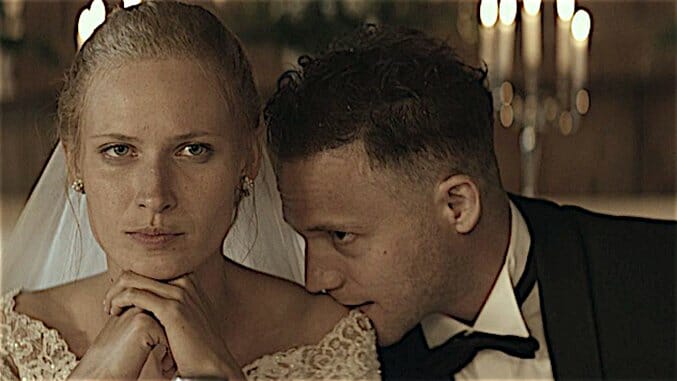
Zekher tzadik livrakha, or “May the memory of the righteous be a blessing.” This is a phrase I heard my rabbi say near the end of every Shabbat service, assertively spoken as though this were the most vital, immutable truth of the ceremony. You can take or leave all that God stuff that came before if you must, I took it to mean, just as long as you don’t forget those who came before you, for their memory is sacred.
Modern Judaism, both cultural and religious, is in constant conversation with the dead, and maintaining connections to the past is at the core of what I consider to be the Jewish outlook on the world. The Talmud features Hebrew scholars in debate with one another despite living literally centuries apart. The Ashkenazi (Eastern European) tradition is to name children after deceased relatives, not the living. Purim and Passover, our most festive holidays and the two most worth the price of conversion, make meaningful and resonant connections between the moment of the ceremony and events going back thousands of years.
The spaces between these connections, however, are anything but direct for most Jewish families, and our long cultural memory has as many practical dimensions as spiritual ones. Recently, my family has been working to assemble our family tree, a process that for many Eastern European Jews can lead to macabre riddles of reconciling inconsistent records in multiple languages while looking for locations that have either been renamed or simply no longer exist for one horrifying reason or another. Forced relocation, arbitrary name changes, violent persecution and pogroms, and outright extermination are also a part of the Jewish story, both ancient and modern. The names of the dead are frequently lost in the mix of soulless statistics, and entire villages are reduced to memorial plaques. This process of retracing my lineage often feels more like chasing ghosts than communing with the past, sometimes leaving me with an even more unclear sense of national and ethnic identity than when I began.
This is the context in which I viewed Demon by the late Polish director Marcin Wrona, a film rightly celebrated by critics as one of the year’s most fascinating and audacious. Demon depicts the chaos that follows a supernatural occurrence at a rural Polish wedding between an English groom, Piotr, and a Polish bride, Zaneta. After the gruesome discovery of human remains on property belonging to Zaneta’s late grandfather, Staszek, Piotr becomes possessed by a dybbuk, the spirit of a deceased person in Jewish folklore. As the reception progresses, Piotr behaves more and more erratically until he fully becomes Hana, a young Jewish girl who was buried in an unmarked grave on the property many decades ago. The more mystifying and unexplainable Piotr’s condition becomes, the more the guests commit to ignoring or explaining away the truth of the matter, dancing and drinking themselves into a collective, frenetic stupor. Throughout, Zaneta’s father doles out increasingly contrived dismissals on Piotr’s behalf—too much alcohol, food poisoning, you name it—until, when the party finally reaches full surreality, he outright denies that there ever was a wedding or a groom in the first place.
In Jewish folklore, a dybbuk is the spirit of a deceased person that inhabits a living body in order to attend to unresolved business on earth. Dybbuks are often seen as malevolent forces and ill omens, yet are chiefly concerned with completing a task rather than terrorizing the living. In recent fiction, dybbuks typically represent a spiritual or moral imbalance. You may recall the opening scene in the Coen brothers’ A Serious Man, an original Yiddish story in which a man and wife are visited by a dybbuk in the form of a recently deceased rabbi. Though the Coens’ dybbuk is indeed supernatural, its unexplained nature appears to mirror the film’s central theme—that the universe does not operate by laws and moral systems that humanity attempts to impose on it, and looking for patterns in chaos is not only foolish but ultimately self-destructive.
Wrona’s dybbuk, on the other hand, is at least partly inspired by S. Ansky’s 1914 play The Dybbuk or Between Two Worlds, and its subsequent 1937 film adaptation. Ansky, an ethnographer, meticulously researched the customs of Eastern European Jews so the story would accurately reflect the beliefs of their culture rather than the expectations of the audience, much like Robert Eggers’s film The Witch. In The Dybbuk, an ambitious young Yeshiva student summons forces beyond his control by carelessly practicing Kabbalah, resulting in his own death after invoking Satan directly. As a spirit, he possesses the woman he loves at her wedding to save her from marrying a man she does not want. This entire disruption of the natural order, it is revealed, was made possible by the lovers’ fathers who made a pact to promise their children to one another, which went unfulfilled due to the deaths of the groom’s father and the bride’s mother. The possession, therefore, is not altogether an act of evil but the result of disorder and matters left unresolved. The 1937 film adaptation of The Dybbuk is an underseen masterpiece of Yiddish-language fiction and German Expressionism from which Wrona appears to have drawn in creating Demon, flipping the point of view to primarily non-Jews without losing any of its source mythology.
-

-

-

-

-

-

-

-

-

-

-

-

-

-

-

-

-

-

-

-

-

-

-

-

-

-

-

-

-

-

-

-

-

-

-

-

-

-

-

-


